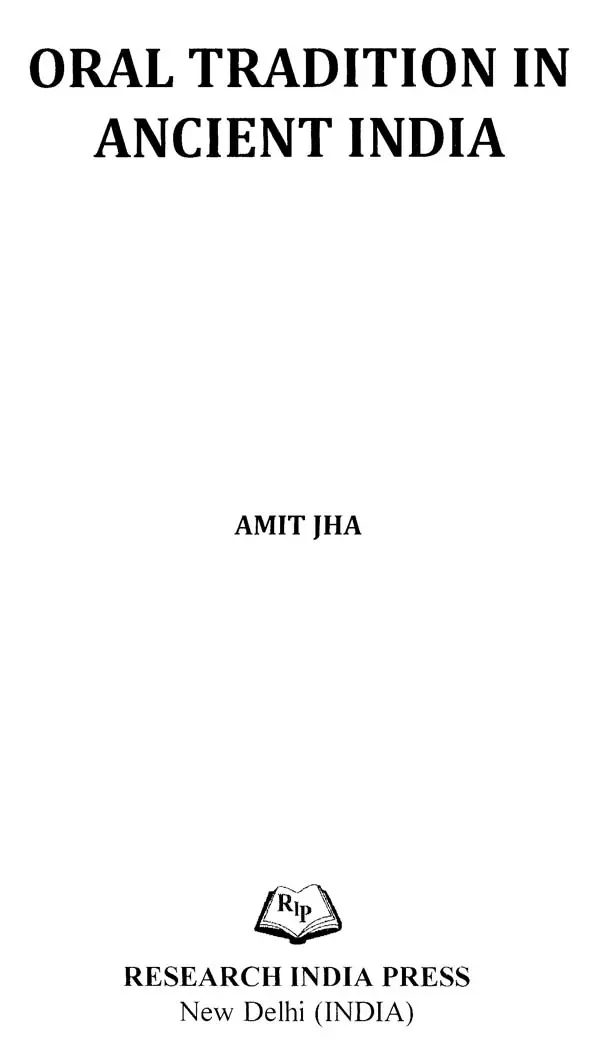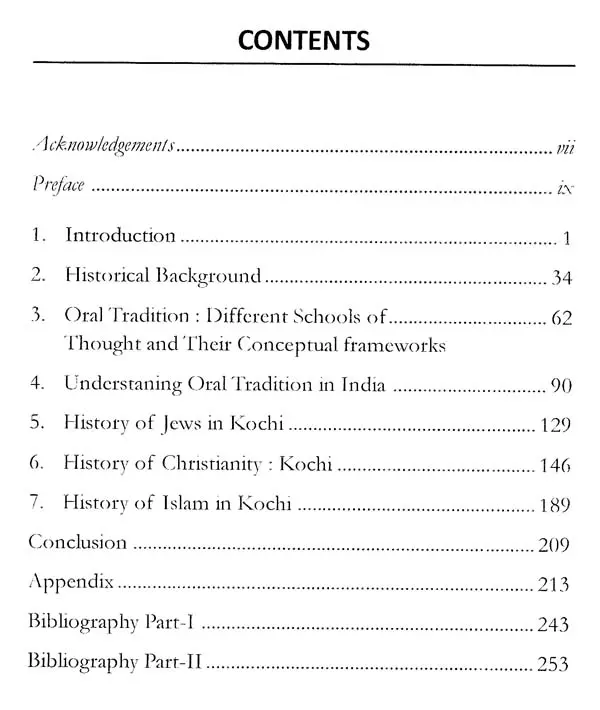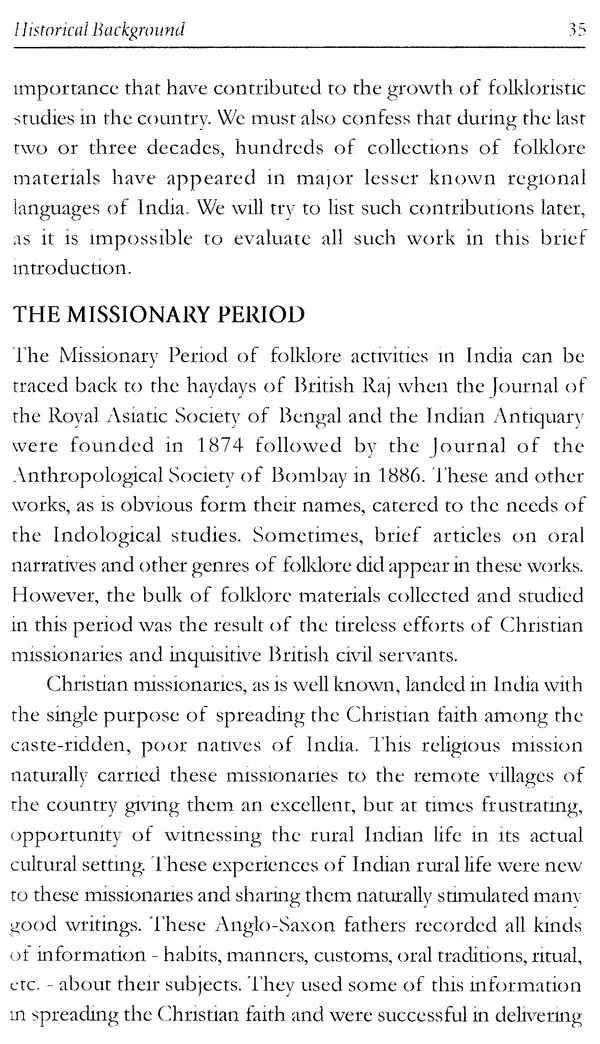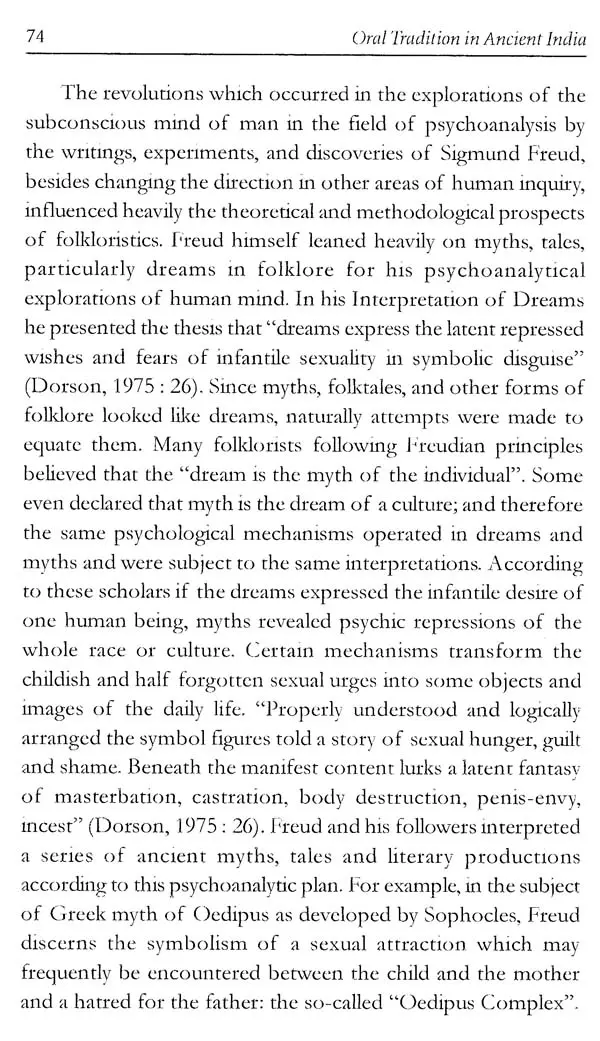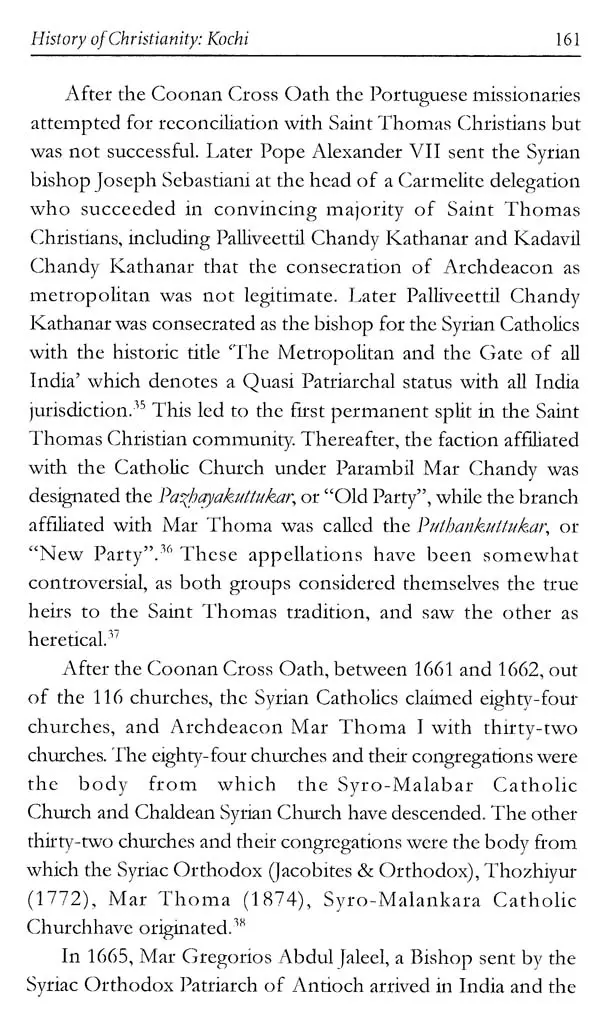
Oral Tradition in Ancient India
Book Specification
| Item Code: | UAK288 |
| Author: | Amit Jha |
| Publisher: | Research India Press |
| Language: | English |
| Edition: | 2021 |
| ISBN: | 9789351710479 |
| Pages: | 256 |
| Cover: | HARDCOVER |
| Other Details | 8.50 X 5.50 inch |
| Weight | 480 gm |
Book Description
In India, "Oral traditions," Popular "Culture" and "Folk culture or folklore" vitally connect us with the imaginations and histories of ancient times. Oral tradition disseminates both "folk culture" and "popular culture" in India. During ancient and medieval India (i.e from 4thc A.D.to 18th c.A.D.) "Oral tradition" as compared to "Classical (written) tradition" was far more popular. eg. Ramayana, as a Sanskrit text, was the preserve of the brahmanas and was confined to the so called upper class, where as Ramleela had a greater mass following. Even today, instead of reading the original texts like Mahabharata, Ramayana, Gita, etc., majority of people (including me) came to know about our mythologies by just watching plays, movies, teleserials, etc., Consequently, in India, Oral tradition is also called Popular culture or folk culture. That' why, we have used terms like Popular Culture (or Folk Culture or Little Tradition) or Oral Tradition, interchangeably in this project.
Dr. Amit Jha is an Associate Professor in the Department of History at Sri Aurobindo College (Day), University of Delhi. He has few books published as an author viz. Traditional Knowledge System In India, Religious Institutions in Tribal India, Traditional Indian Medicine with specific reference to Buddhist and Tribal Medicine, Buddhist Viharas in early medieval eastern India, Khinjali Bhanja of early medieval Orissa: a case study of a Brahmanical order in Orissa. He has also worked on one minor project and 5 Major projects (sponsored by UGC) as the principal investigator. Besides, he has many articles published in several international and national journals, also available online.
History, without literary source, is termed as Pre-history. Rig Veda is our earliest literary text (1500-1000 century B.C.). Although, we have earliest evidence of scripts in the fifth Century B.C., it appears that most of the literary works got recorded and canonized during the fourth c. A. D. Actually, a majority of Brahmanical and Buddhist sources were oral in nature, L.e. they were transmitted orally for generations. Secondly, different areas of ancient Indian knowledge system (like Medicine, Arithmetic, Agriculture, Grammar, Language, Dance, Music and Astrology, etc.,), are expressed and represented in written (shastra) as well as oral (lok parampara) forms. In contemporary India, both oral and literary traditions. symbiotically coexist. We, as a student of history in Delhi University, at graduation and post graduation level only believed in Ranke's dictum (Positivism) that "History is based on 2 types of sources-literary and archaeological". It was at M.Phil Level, while studying 'Historiographical trends of the world', we came to know about a third type of source i.e. oral sources in the reconstruction of history.
**Contents and Sample Pages**
